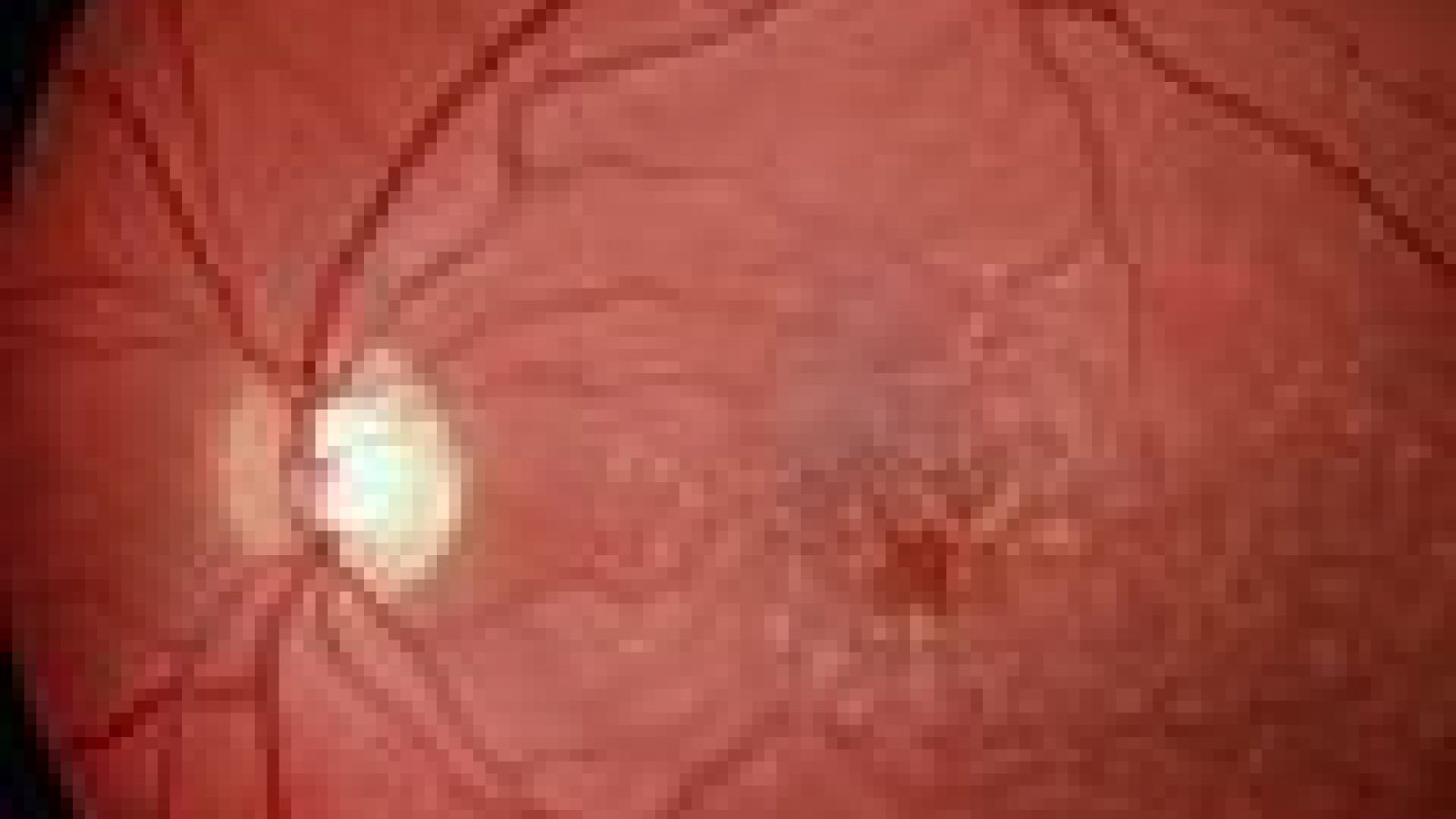Patients in trials of a revolutionary artificial retina have reported being able read a clock and see the smile on a loved-ones face for the first time since losing their sight. The breakthrough is the culmination of over 15 years of research and development in the lab and experiments with rabbits and pigs, before the technology was ready to trial in people.
The new device consists of a 3mm by 3mm chip studded with 1,500 light detectors. The chip is implanted at the back of the eye and connected to the optical nerve. It stimulates the nerve in response to light, sending signals to the brain that are interpreted as an image. Nine people took part in the first human trial. All had lost their sight to retinitis pigmentosa, a hereditary disease that destroys the light-sensitive cells in the retina of the eye but leaves the rest of the eye and nervous system required for vision intact. Four weeks after implantation, some participants could read signs on doors, tell the time on analogue clocks and distinguish white wine from red, for example.
The artificial retina took years to develop. In 2001 researchers found they could activate the optic nerves of rabbits and minipigs using implanted chips. Such devices were refined over time to add more electrodes and light detectors, thought to be key to providing a useful image for the user. Before the human trials began, the chips were tested in pigs, which have the same sized eyes as humans, to check for the long term safety of the implants. The surgeons were also able to perfect the incredibly precise surgical technique required to insert the artificial retina using pigs.
More trials are needed and the device will continue to be improved, the researchers say, before the device is more widely available.A similar technology has recently been approved by the Food and Drug Administration (FDA) in the United States. The device, called Argus II, transmits video captured by a camera mounted on a pair of glasses to the optical nerve via an electrode chip at the back of the eye. It is the first licensed treatment for retinitis pigmentosa.
Last edited: 11 March 2022 12:15




